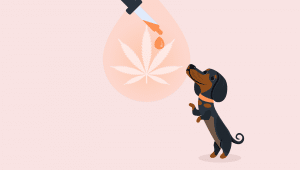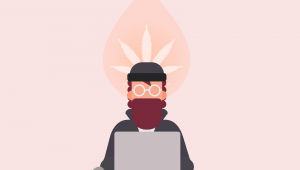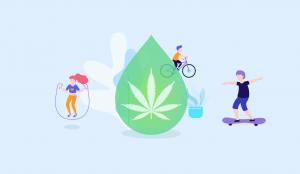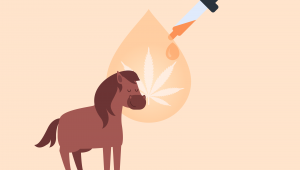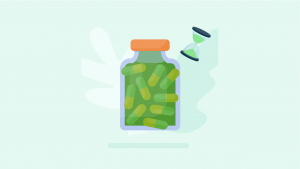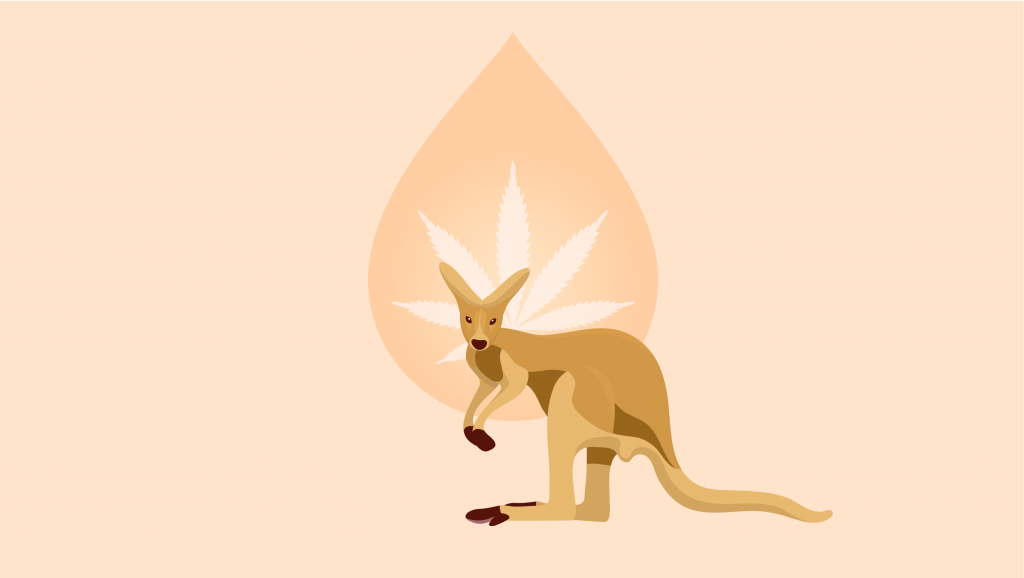
Medical cannabis is accessible in Australia with a government-approved medical license. Cannabis’ active therapeutic compounds — namely, THC and CBD — are strictly regulated.
Although you won’t find CBD products on store shelves, there are a few ways to get your hands on CBD oils legally in the land down under if you know where to look.
In this article, we’ll break down the laws surrounding CBD in Australia, and discuss how you can get ahold of some for yourself.
Summary: Buying CBD in Australia
- CBD is hard to find in Australia — the best source is to order from Premium Jane Australia or other Australian CBD companies
- in Australia, CBD is classified under Schedule 4 (Prescription-Only Medicines) and is only available through the Medical Cannabis Program.
- Access to medical CBD is granted through a health practitioner or the Special Access Scheme.
- You can buy CBD online from any company you want from Europe of the USA and use a mail forwarding service like Shipito to have it sent to your address in Australia (at an added cost).
- The THC limit in hemp varies from one state to another (the lowest is 0.35%, and the highest is 1%).
- The current Poisons Standard notes that “any cannabinoids, other than CBD, must be only those naturally found in cannabis and total 2% or less of the cannabinoid content of the preparation.”

Best CBD Oils in Australia
The CBD industry is just starting to take hold in Australia. As we’ve seen in the United States and Europe already, there’s going to be an influx of really low-quality, sketchy brands entering the market until everything stabilizes.
Here are three CBD oil brands that ship to Australia:
- Premium Jane Australia — Full-Spectrum CBD Oil
- Endoca — RAW CBD Oil
- Kiara Naturals — Full-Spectrum CBD Oil
A Brief History of Cannabis Laws in Australia
The English First Fleet brought industrial hemp seeds to establish hemp as a commercial crop in the Australian colony at the end of the 18th century.
Throughout the 19th century, the Australian government gave subsidies to farmers to grow hemp for commercial and industrial use (food, animal feed, and textiles).
After 150 years of hemp use, the Australian government — following the United States and other countries around the world — prohibited the cultivation of industrial hemp in 1938.
The prohibition was a result of the US Marijuana Tax Act of 1937, which placed taxes on cannabis sales. During this period, the USA spread propaganda on the “dangers of marijuana use.”As cannabis included both hemp and marijuana, the commercial crop fell under the new Act.
Australia produced similar anti-cannabis campaigns; newspapers published articles on marijuana as the “drug that maddens victims.” The propaganda ended as a success — both hemp and marijuana were outlawed in Australia.
In November 2016, the federal government legalized cannabis cultivation for medical and scientific purposes. The medical cannabis program allows products with both low and high-THC content.
Recreational marijuana in Australia is still illegal — if you get caught, you’ll receive a penalty depending on the amount you have in your possession.
In September 2019, the Australian Capital Territory became the first state or territory to legalize recreational cannabis — individuals can possess up to 50 grams and 2 plants.
When it comes to food products, hemp seeds, and hemp seed oils are legal. They’re made from the seeds of hemp crops, which don’t contain significant amounts of cannabinoids.
The level of CBD in food for sale must not exceed 0.0075% in the product. The total THC content cannot exceed 0.005%.
Buying any other hemp-derived product (including CBD hemp oil) that exceeds these limits is illegal unless you possess a medical prescription.
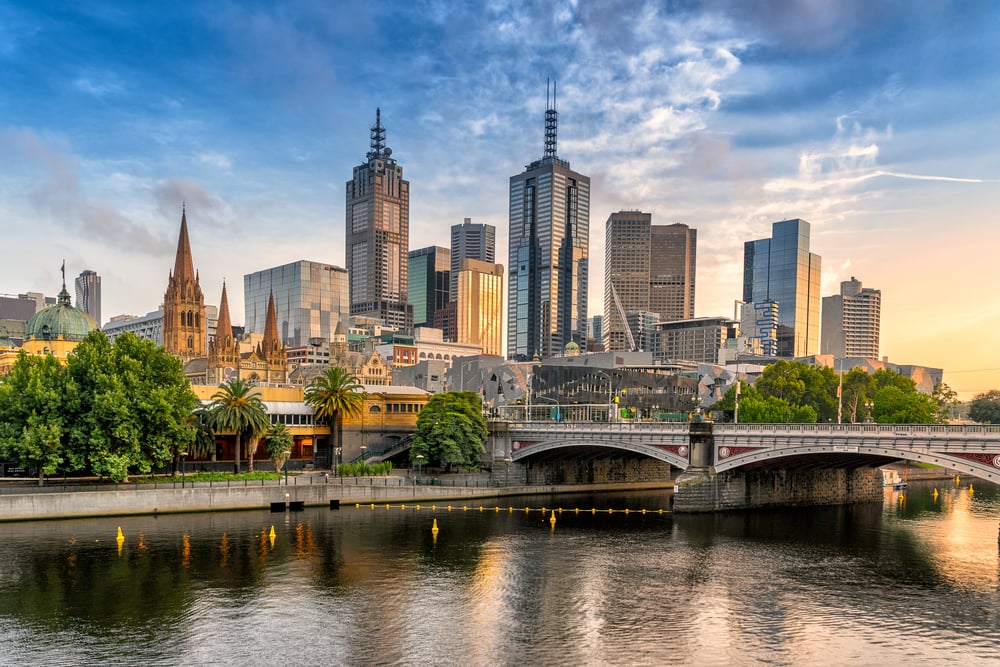
The Difference Between Hemp & Marijuana According To The Australian Government
Cannabis flowers and leaves contain the highest concentration of cannabinoids, but its stalk and stems are sometimes harvested too. There are two classifications of cannabis from a legal perspective — hemp and marijuana. Both come from the same species of plant — Cannabis sativa.
The most significant distinction between hemp and marijuana are the levels of the two main cannabinoids — THC and CBD.
CBD oil is typically made by processing hemp flower, which has a low concentration of THC. The extraction involves stripping away the large organic plant matter to isolate the cannabinoids and terpenes. This extract is then diluted into a carrier oil such as MCT coconut oil, hemp seed oil, or glycerin (for vaporizing).
Marijuana, on the other hand, is primarily grown for its THC content.
In Australia, the Drugs, Poisons, and Controlled Substances Act 1981 offers a clear differentiation between industrial hemp (non-psychoactive), and marijuana (psychoactive).
Under the Act, industrial hemp in Victoria, Western Australia, and Tasmania is classified as cannabis that does not contain more than 0.35% THC. In New South Wales and Queensland, the THC limit for hemp is 1% [1].
Growing industrial hemp in Australia is legal only with a government-issued license.
Growing hemp for cannabinoid extracts — even for medicinal purposes — is prohibited.
Only the Australian Government, through the Office of Drug Control, can authorize the production and supply of cannabis-related products for medicinal or therapeutic purposes [2].

Is CBD Legal in Australia?
Under Australian law, all cannabinoids, including THC and CBD, are strictly regulated as controlled substances under poison and drug laws by the Therapeutic Goods Administration (TGA).
CBD in Australia is legal for medical use only via an authorized prescriber or the Special Access Scheme (SAS).
Penalties on Illegal Growing and Processing Industrial Hemp
Under Australian federal and state law, only government-licensed growers can cultivate industrial hemp. Failure to comply may risk a $15,000 fine, a maximum of 2 years imprisonment, or both.
Without a government-issued industrial hemp license, it’s illegal to grow even one cannabis plant.
Medical Cannabis in Australia
In February 2016, legislators revised The Narcotic Drug Act of 1967 to authorize domestic cannabis cultivation for medicinal purposes.
NOTE: In Australia, the terms “marijuana” and “cannabis” are used indistinguishably.
Marijuana is often related to the recreational use of the plant. As a result, legislators have decided to use “medical cannabis” as the official term when referring to cannabis-based medical products.
In Australia, hemp-derived CBD is regulated as a prescription-only product and falls under the medical cannabis program.
How To Obtain A Medical Cannabis Prescription in Australia
Because CBD oil falls under the medical cannabis category, you’ll have to jump through hoops to obtain it legally.
There are three ways of getting CBD oils legally in Australia:
1. Authorized Prescriber (AP)
Under the AP, you can visit a doctor and receive a prescription. Your doctor must be licensed under both federal (Therapeutic Goods Administration or TGA) and state/territory administration.
The authorized medical cannabis products can vary from one state/territory to another. Make sure your doctor knows if he/she can prescribe a particular product.
2. Special Access Scheme (SAS)
Under the Special Access Scheme, your licensed medical practitioner MUST ask for authorization from the Commonwealth Government before granting you access to medical cannabis products.
The medical practitioner must complete the application form for you. Once complete, you can submit it through the SAS online system.
3. Clinical Trials
You can apply online to participate in a clinical trial for medical cannabis research. For more details, read through the user guide by the Australian Department of Health.
How Do You Become an Eligible Patient?
Conditions for eligibility for medical cannabis vary from one state to another.
You can become an eligible patient only after you:
- Confirm your medical condition and relevant medical history
- Submit documentation with medications you’ve tried, but haven’t been beneficial or have harmful effects
- Submit clinical evidence showing therapeutic benefit from the use of medical cannabis
The best route is to check your state’s laws on medical cannabis access.
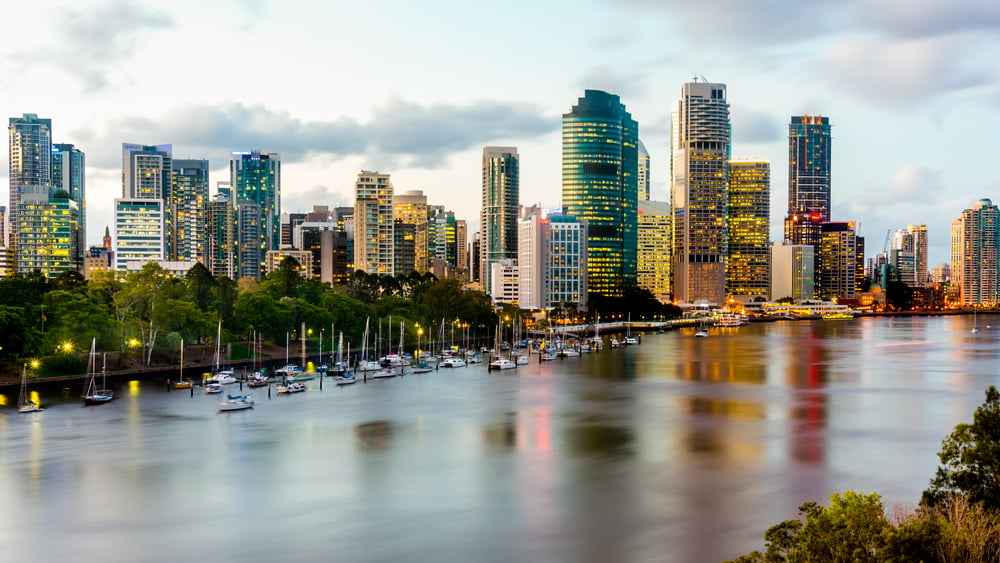
How to Buy CBD Products in Australia
If you need CBD, you could obtain a prescription from your medical practitioner and purchase CBD from one of the licensed pharmacies.
It’s important to understand that this might not be the easiest way. Few patients have been granted prescriptions. As of October 2017, only 153 patients in Australia have been prescribed CBD products.
Over-the-counter shopping is not an option unless you have a valid prescription.
The only other option is to order CBD online — which isn’t recommended unless you have a valid prescription at this time — but laws are changing. A lot of pressure is being placed on the Australian regulators to allow patients access to CBD products more easily.
It’s likely that online purchases will become increasingly popular in Australia as the laws loosen up — as it gives patients access to overseas markets in the USA and Europe, where CBD companies are much more established at this time.
Pros & Cons of Buying CBD Online in Australia
| Pros | Cons |
|---|---|
|
|
If you’re ordering your CBD from a foreign country, you can use mail forwarding services to get the product at your address. Know that you’ll be doing this at your own risk, since the import of CBD products remains illegal in the eyes of the Australian border forces UNLESS the company shipping the product is authorized to do so.
Keep your eyes open for changes to these laws that allow the importation of non-psychoactive hemp products over the next few years.
Tips for Buying CBD in Australia
- Always look for companies that can provide you with a product certificate
- Don’t buy CBD with therapeutic claims
- Make sure your CBD’s THC content doesn’t exceed 0.35% – 1% THC depending on local state laws.
Final Notes on Buying CBD in Australia
Australia has strict laws on cannabis, regardless of its THC content.
If you’re suffering from a medical condition, you could find your way to medicinal CBD through the Special Access Scheme or contact an authorized prescriber.
If you don’t have a prescription, your best option is to purchase it online. Before you submit your order, make sure the content of other cannabinoids of your CBD product doesn’t exceed 2%.
Don’t forget to check the updated state laws before you buy CBD in Australia. These laws are rapidly changing, so it’s wise to check in before you order CBD from overseas.

